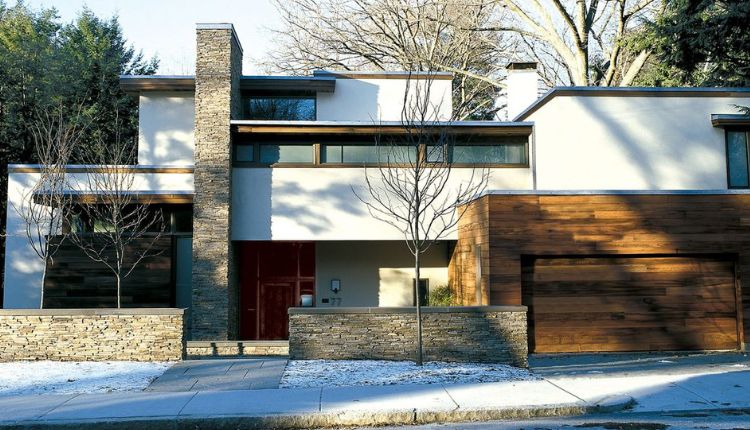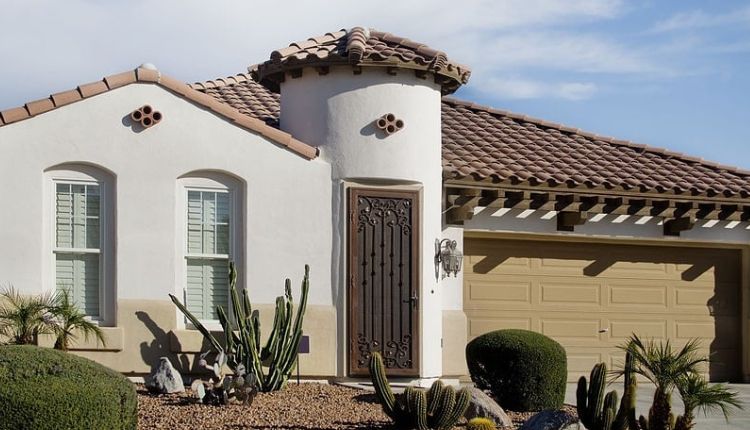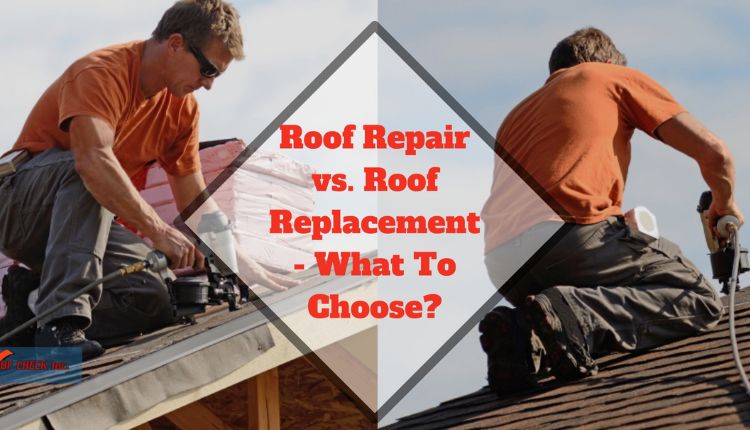
Ideal Flat Roof Systems for Arizona Climate
There are various types of flat roof systems available in the market nowadays but not all of them can withstand the hot Arizona climate. For business owners in the state, choosing the right roofing system is crucial as it is the roof that protects their business from nature’s elements. No matter how hot it could get, it is the roof that serves as the first line of defense against the harsh climate conditions. In addition, its curb appeal also affects customers’ perceptions. Depending on the type of business you have, the more reliable and aesthetically pleasing your roof is, the more it can attract customers.
In this guest post, we will discuss the 4 most common types of flat roof systems and then we’ll determine which of them will be able to withstand Arizona’s hot climate.
4 Common Types of Flat Roof Systems
- Ethylene Propylene Diene Monomer (EPDM) Roofing
This type of roofing system is an incredibly durable synthetic rubber roofing membrane. It is made primarily from ethylene and propylene, which are obtained from oil and natural gas. It is also available in both black and white and can be installed mechanically, fully adhered, or ballasted, with the roofing system seams sealed with liquid adhesives or specially formulated tape.
EPDM roofing system offers many benefits, which is why it is one of the most popular roofing options for commercial buildings. Aside from the fact that it is the least expensive to install and repair, it is also long-lasting and fire-resistant. In addition, it is also reflective in nature, which is why it can withstand temperatures of up to 150 degrees Celsius.
- Built-Up Roofing (BUR)
Built-up roofing, commonly known as BUR, is a roofing system that is made up of alternating layers of bitumen (asphalt) and reinforcing fabric, and is finished with a top layer of aggregate, like gravel or stone. It very popular roofing option for flat roofs because it produces a continuous sealed surface.
BUR also offers several benefits or advantages, and among them is its ability to provide excellent waterproofing and ultra-violet protection. BUR is highly reflective, which means they reflect the sun’s UV rays instead of absorbing them. This helps cool down the roof’s surface and the building’s interiors which is why this type of roofing system is ideal for properties in areas with hot climates.
- Modified Bitumen Roofing (MBR)
Modified-bitumen roofing is a single-ply membrane that is ideal for flat roofs. This type of roofing system is composed of an elastomeric base sheet laminated to a layer of asphalt. However, some manufacturers also add other chemicals such as silane to enhance adhesion and make the membrane more waterproof.
MBR is one of the most durable roof systems nowadays. It can easily last for 20 years or more depending on use and weather conditions like UV rays, strong winds, and extreme temperatures that cause wear and tear. It has a reflective surface, which means it is highly resistant to heat and sunlight. It doesn’t absorb heat as other flat roof systems do. In addition, it aids in preventing the sun’s UV damage, which may cause cracks or leaks to your roof over time.
- Thermoplastic Polyolefin (TPO) Roofing
TPO is another type of single-ply roofing membrane. It consists of three bonded layers: a base layer of thermoplastic polyolefin, a center layer of polyester-reinforced fabric (scrim), and a top layer of thermoplastic polyolefin. Each thermoplastic polyolefin layer is also made of ethylene-propylene rubber and manufactured with fillers such as talc, fiberglass, and carbon fiber.
TPO roofs are known for their flexibility, being environmentally friendly, and UV resistance. It is highly flexible making it more resistant to tears and punctures. It is environmentally friendly because it is 100% recyclable and does not contain chlorine, which is an environmentally hazardous chemical that is found in other roofing materials. Lastly, it is resistant to the sun’s UV rays which is why it is also a great roofing option for properties located in areas with hot climates.
Now, which can withstand the Arizona climate?
The climate in Arizona is mostly dry and clear all year round. Summers are sweltering and extremely hot. With this, the ideal flat roofing systems that should be installed for buildings in this state are those that have a high level of resistance to the sun’s heat and UV damage. And all of the roofing systems discussed above are actually highly resistant. They are all reflective, which helps in diverting the sun’s heat away from the roof and the building. Thus, they can all definitely withstand areas with hot temperatures, such as Arizona.
If you want to know more about these roofing systems, contact a reliable roofing contractor and ask about the roofing options that will work best in your area. Centrik Roofing is the Valley’s top roofer. They are an expert in different commercial flat roof systems so they can help you.
Links



